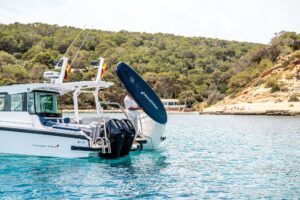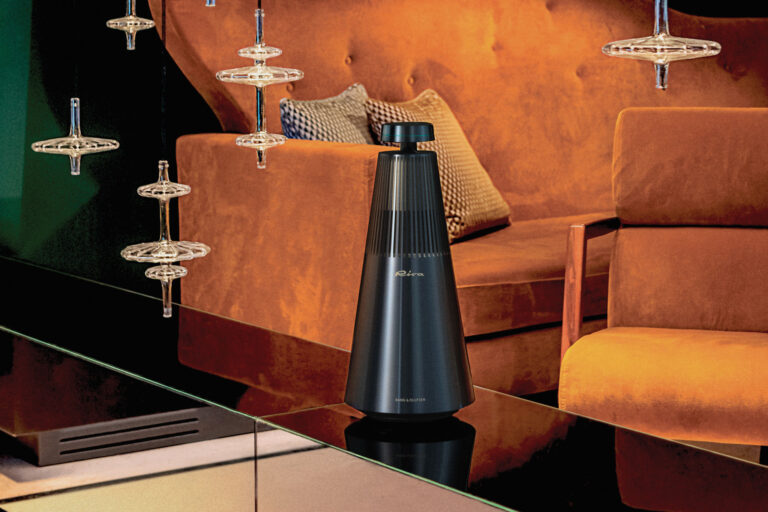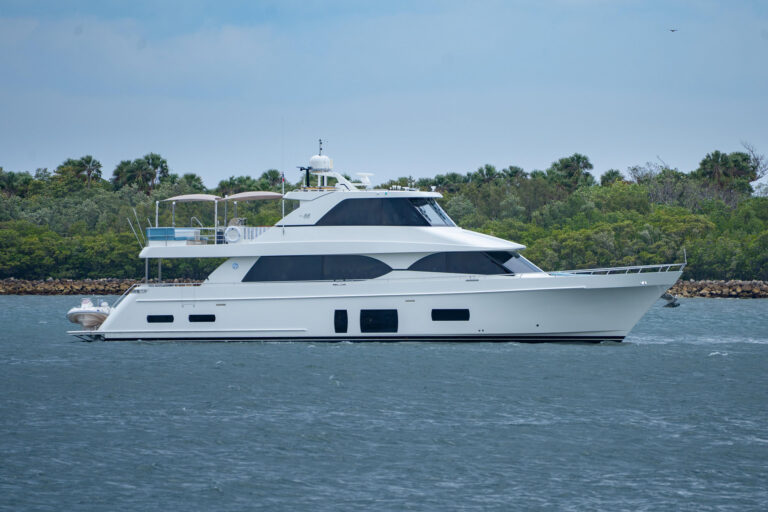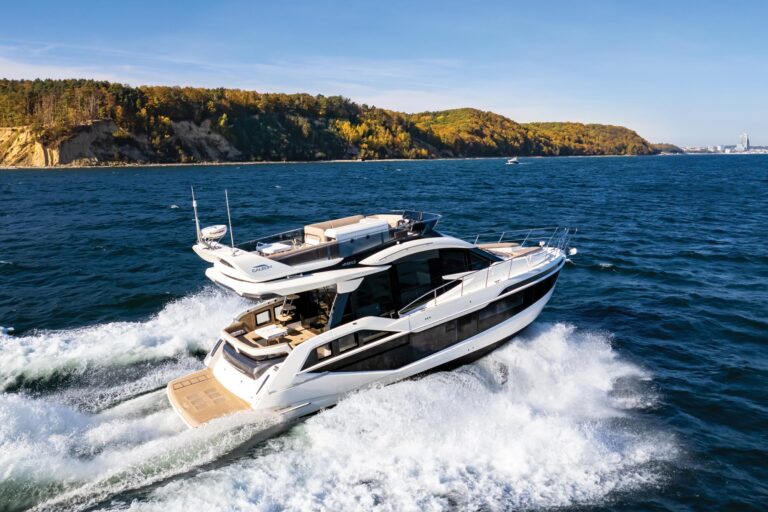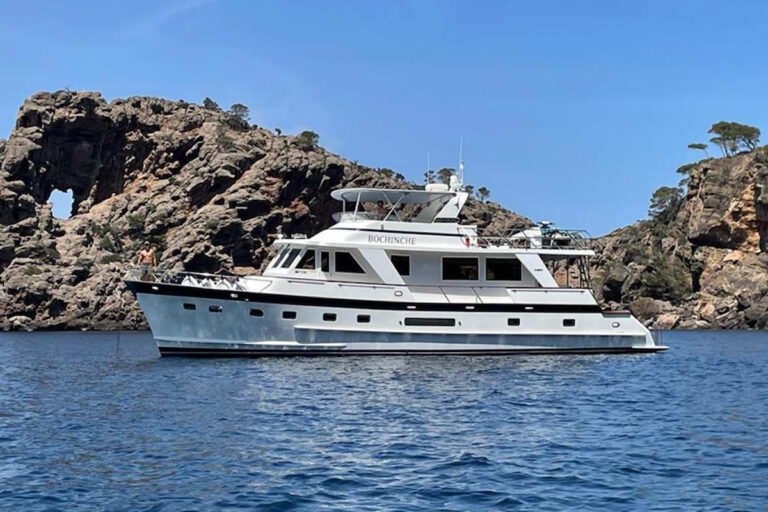
JetLev
The JetLev R200 personal flying machine propels people up to 30 feet above the water at speeds up to 25 mph. Its thrust works the same way as that of a PWC. The system needs three main components: a boat with a 200-horsepower gas engine, a jet pack and a four-inch hose connecting the two. Water pumped up from the boat to the jet pack is redirected downward, providing lift. With the hose serving as a tether, the flyer tows the boat behind him. R200 pilots can take off from the deck or from the water. In fact, he or she can “fly” beneath the water too. On a full fuel tank (22 gallons), the R200 will run for up to four hours. The JetLev package with everything needed to use it is $99,500 and is U.S. Coast Guard approved.
According to JetLev of Dania Beach, Florida, the R200 personal flying machine was invented by Raymond Li, a Chinese-born Canadian who first sketched the concept on a Post-it note back in 2000. Li’s inspiration came after taking a spin on a personal watercraft, which, like the R200, is driven by water-pump jets. Serious R&D began in 2008, and by the spring of this year, commercial production of the R200 was under way. We spoke with Raphie Aronowitz, JetLev’s vice president for marketing, to find out how this idea took flight.
Yachting: Was the 1965 James Bond movie Thunderball really the inspiration for the JetLev?
Aronowitz: Yes. A young Raymond Li watched the movie Thunderball and just couldn’t get his mind off that jet pack. Fortunately for the world, that inspiration fed the obsession that would drive Ray to commit 10 years of his life to inventing and perfecting the JetLev R200.
Yachting: JetLev looks like sheer fun, but have any customers found practical uses for it?
Aronowitz: The JetLev is sheer fun, but there are some practical uses. We have been getting a lot of interest from lifeguards and water-safety people. Customs and Border Patrol are intrigued by having the ability to hover above the bow of suspicious vessels. Also, corporate and personal security firms. There has been a lot of interest from several branches of the military as well.
Yachting: It’s really cool that a JetLev pilot also can dive up to 30 feet beneath the surface. How practical would it be to incorporate scuba into the JetLev platform? Or is that just a crazy idea?
Aronowitz: No comment, but it’s not a crazy idea.
Yachting: As I understand it, the limiting factor for altitude is the length of the hose tethering the pilot to the boat. It’s theoretically possible to send a man much higher, is it not?
Aronowitz: Yes, our hose is 33 feet, allowing a pilot to hover at approximately 30 feet. It is, however, absolutely possible to send a man higher. You are limited only by the horsepower of the engine, strength of the pump and length of the hose.
For your entertainment, we have compiled a few videos of the JetLev in action. Enjoy, but don’t try this at home!
“Water Jet Pack: Get High with Jetlev”
How It Works
Nightline from ABC News
Fox 5 JetPack Fail
Read more about the science behind the JetLev on our sister site, PopSci.
Contact JetLev: 954-922-3325; jetlev.com
Web Extra from our November 2012 issue.



